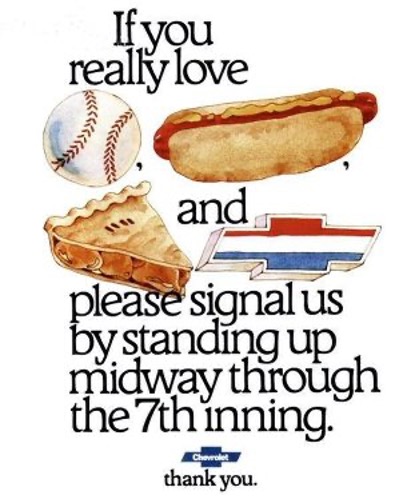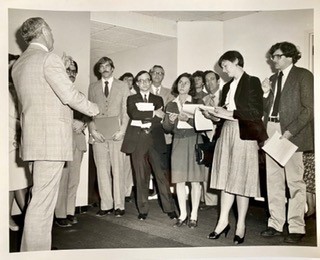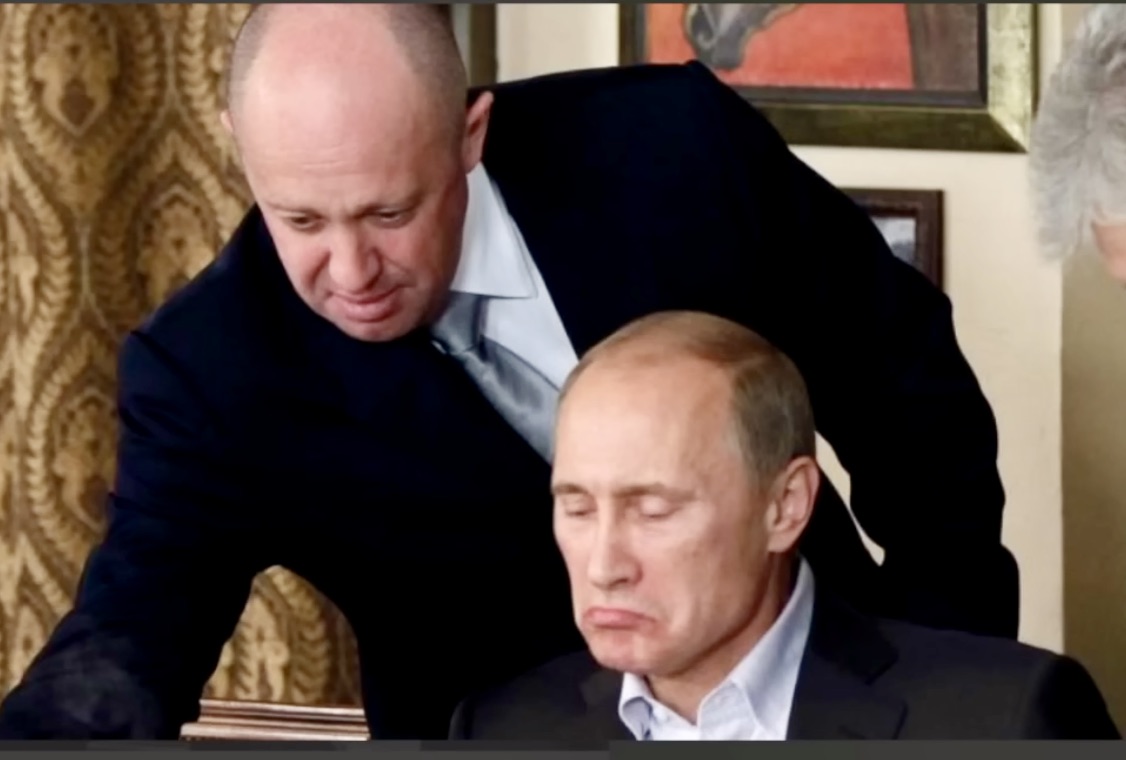What do numbers mean? We often interpret data to support what we believe the future will look like. This is especially true when the debate is around scale, asset size and sustainability. What do the largest 100 banks and credit unions suggest about the evolution of both systems?
At December 30, 2022, the largest 100 banks in the U.S. hold a combined $18.8 trillion in consolidated assets with the largest five having half that value. The industry’s total assets were $23.6 trillion in 4,706 banks. The top 100 are 80% of total assets. Here are the top five.
| Rank |
Bank / Holding Co Name |
Consolidated Assets ($ Millions) |
| #1 |
JP Morgan Chase Bank |
$3,267,963 |
| #2 |
Bank of America |
$2,518,290 |
| #3 |
Citibank |
$1,721,547 |
| #4 |
Wells Fargo |
$1,687,507 |
| #5 |
US Bancorp |
$590,460 |
Typically, big banks are have more access to liquidity, greater asset diversity and in many cases are viewed as “too big to fail.” Smaller or regional banks have narrower margins for error.
Recent bank failures have reinforced both the regulatory and public perception that larger institutions are more secure.
I believe it is important to note that all of the top ten banks were the result of significant mergers, not organic growth. These institutions are creations of financial markets and ambitious leaders who are driven to be a dominant force in their markets. This is not an aspiration limited to financial firms in capitalist markets.
A Forty Year History of the Top 100 Credit Unions
A perspective on today’s largest credit unions is helpful when forecasting how the ongoing consolidation might evolve. Will the same market forces shape the credit union system similar to banking?
At yearend December 1982 there were 5,036 state and 11,631 federal credit unions in operation. The top 100 (.5% of the 19,788 total) had total assets of $17.01 billion, or 18.9% of all credit unions. Only Navy Federal was over $1 billion.
Public employment dominated the fields of membership. Defense credit unions totaled 28, other federal government were 7, and three served state and three municipal employees. Educational employees (teachers) were the primary focus of 15 charters. The total of FOM’s serving public employees was 56.
The complete list of the largest 100 with additional financial data and growth rates is from the June 1983 Credit Union Magazine and can be found here.
Four decades later the largest 100 credit unions (2% of the 4,863) held $1.0 trillion in total assets, or 46% of the industry’s total $2.190 trillion. The listing can be found in Callahans’ State of the Credit Union Industry report for 2022.
Concentration: The opportunities and the Risks
Does this four decade increase of asset concentration from 19% to 46% in the top 100 mean the cooperative system is going the way of banking with its 80% concentration in the top 100?
Most data show that larger credit unions tend to grow faster, have broader service and product profiles, and develop larger average member relationships. In some instances, their size supports a market profile that results in naming rights or public partnerships with local sports teams. To the extent that size also enlarges community roles and political impact, this can be a plus.
In banking, the drive for market dominance through scale is a constant ambition. Growth increases earnings and a bank’s stock price. While the FDIC- labelled community banks ($4.3 trillion in 4,258 firms or 90%) dominate by number, their share of total banking assets hovers between 15-20%. Their role focuses on commercial clients that align in financial size with the banks.
A Cooperative Difference
A significant difference with banking’s top 100 is that except for First Tech ($16.7 billion) almost all of the other credit unions have relied primarily on organic growth. Many larger credit unions have had mergers, albeit small. PenFed has completed over two dozen in the past decade. But in most instances these have not been a significant factor in recent growth. A number of the largest credit unions-SECU, Alliant. BECU, Navy, Vystar have had no mergers—all growth has come through internal expansion.
Comparing the two credit union top 100 lists forty years apart, the evolution in fields of membership is clear. Marketplace identity with a local sponsor has disappeared. Most credit unions today have community (open) charters. Many have moved away from their legacy affiliation name to a generic identity, eg from Teachers to Everwise, or Telephone Employees to Wescom.
The Member Impact
What does this transition to larger firms with expanding market goals mean for the credit union member-owner?
The major downside is the distancing from local knowledge, identity and personal-member affiliation. The goodwill and community support in times of uncertainty becomes attenuated.
As credit unions expand their market footprints, the transition to open membership puts them increasingly on a par, in members’ eyes, with other financial options. Credit unions position themselves as full alternatives to their banking competitors.
This transition from member to customer is often accelerated via indirect lending models where credit unions compete for loan via third party originators.
Cooperative Destiny or Fate? Forensic Analysis Helps
Are cooperatives destined to follow the banking system’s increased concentration?
The value of the two credit union listings can perhaps shed some insights about this future evolution.
As I review the 1982 listing I find only seven that have merged and no longer exist, and one IBM Mid America, that converted to a mutual savings bank in the 2007. Most have changed their names reflecting their expanding market reach. Some have dropped out of the top 100 but are still operating.
A 93% success factor for individual institutions after 40 years of deregulation is a significant achievement. Especially as almost three quarters of the charters active in 1982 no longer exist.
A detail that readers may wish to pursue is how a credit union’s standing has changed within in this top flight. For example Patelco ranked 98th in 1982 and is 28th in size forty years later. Identifying major changes within the top 100 can lead to examples of superior leadership or a loss of momentum.
A second analysis that may contribute to understanding the cooperative design’s dynamics is who is new to the top 100 in 2022 from decades earlier? And how did they get there? For example Apple FCU, Canvas CU, NASA FCU or American Heritage.
How did these newcomers rise to the top of the industry? What do their business models suggest for other credit unions?
I would encourage detailed analysis of the two listings and the changes that have taken place as a first step in thinking about how financial cooperatives succeed.
What strikes me is the stability of the largest credit unions especially compared with the banking system over these four decades. When management’s loyalty is primarily to stockholders return and/or their own personal rewards, these priorities tend to drive one set of outcomes. When the focus is on the member-owner’s well-being, there seems to be greater continuity in strategy.
The listings also show a wider diversity of business models. For example, Alliant’s one branch, all digital model has evolved into a financial intermediary for credit unions. While Wright-Patt’s traditional focus serving members living paycheck to paycheck has led to sustained growth.
This diversity can offer case studies for credit unions seeking options or even just sticking close to their knitting.
One other observation. If a consumer were to choose from the top 100 credit unions or top 100 banks, which listing would seem more relevant?







